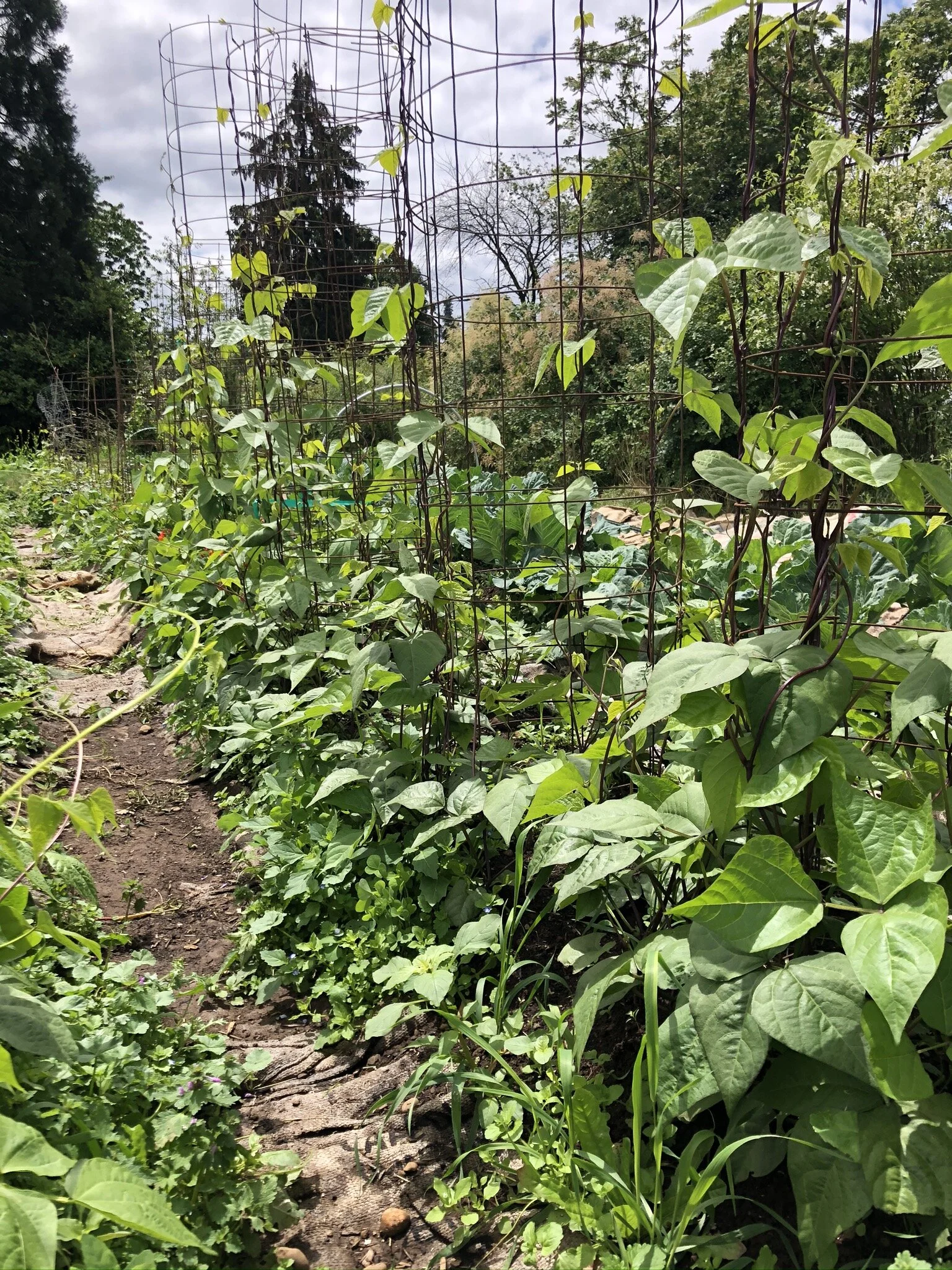Written by Isaac Kwasi Obeng and Sadie Gordon (Partner Proprietors of Nana’s Shea Butter)
Shea butter is a vitamin and fatty-acid rich solid oil with many anti-inflammatory and emollient properties. It can also be used in cooking with a similar profile to cocoa butter.
Nana’s Shea Butter origins are rooted in my childhood in Ghana, West Africa. I grew up in a small savannah village called Debibi, surrounded by wild expansive canopies of shea trees. During my childhood, I often rested under old shea trees that thrived throughout the region. I helped my grandmother, mother, and village elders collect shea nuts under the old-growth shea trees. My grandmother, whom I call Nana, taught me how to use shea to make soap, hair and body butters, and even oil for cooking. From my Nana, I also learned the importance of shea in my culture and environment.
Isaac & his Nana
The African Shea Tree is indigenous to West Africa and thrives in arid environments without fertilizers. It is sacred in my Nafana tribe because of its versatility and abundance. It is taboo to kill the tree without a ceremonial offering to Mother Nature. Not only does shea provide for humans, the hardy tree plays an essential ecological role on the African savannah. This tree provides habitat for other native species, as well as transpiration, shade, and soil erosion protection with its robust roots.
Tragically, shea trees are being cut down at an alarming rate to make charcoal for fuel. I am saddened when I return to Debibi and see fewer and fewer old growth shea trees while the village consequently becomes hotter and dryer.
The long and laborious process of collecting, shelling, and producing the shea is traditionally upheld by women. Women are usually paid very little for this work. Women earn more money by cutting down the trees than by making and selling shea butter. Rural community members, especially women, need to be paid a living wage for the production of their shea butter in order to discourage rapid deforestation and the devastating ecological effects it has on the region.
As a local Ghanaian, I am able to connect directly with women shea foragers and cut out the multiple middlemen who control and profit from the shea business in Ghana. By eliminating intermediaries, I am able to pay the local women exponentially more than the local rate for their shea butter, thus supporting the regional economy, shea tree protection, and the human right to a livable wage.
I buy directly from shea foragers on each visit to Debibi. Nana’s Shea Butter is hand-processed by local Ghanaian women and is 100% organic. As a result of being hand-processed, the shea retains its many beneficial properties. The nutty aroma, beige color, and creamy consistency are unique to unrefined shea. As a result of being hand-processed, there are often dark flecks of the shell and chaff in the nut butter, both of which signify a pure and unrefined product.
I return to Ghana frequently where my siblings, mother, and Nana still reside. In fact, my Nana just turned 104 and is still vibrant and sharp. I continue my commitment to the Debibi community and the greater Brong-Ahafo region. I return five percent of the proceeds directly back to the women who provided the shea butter to support female-led businesses in Ghana. As our small enterprise grows, my wife and business partner, Sadie, and I plan on turning Nana’s Shea Butter into a nonprofit organization supporting shea foragers in Ghana. Thank you for supporting our grassroots business!
Nana’s Shea Butter
$13.99
Shea Butter-based Underarm Ointment
By James A. Holland, Physical Plant Manager & Co-Manager
Empower your armpits with this gentle recipe that changes with the seasons. Exercise your vomeronasal creativity by blending your favorite essential oils to create new scents for every batch.
This is a basic, open-ended recipe. Experiment by modifying this base recipe with your own additions and exclusions, especially for those with sensitive skin. See notes below:
Ingredients
1 tablespoon - Unrefined Shea Butter (Nana’s!)
2 teaspoon - Vitamin-E rich oil (avocado, jojoba, etc.)
1 teaspoon - Arrowroot Powder
≤ 1 teaspoon - Baking Soda
≤ 10 drops - Personalized Essential Oil Blend
Small container with lid
Add shea butter to small saucepan over low heat until butter is just hot enough to become fully liquified. Reduce heat to low.
Add oil to melted shea and mix. Add arrowroot and baking soda. Whisk thoroughly until liquid is consistent.
Allow mixture to remain on low heat for 1-2 minutes, stirring constantly to promote ingredient integration. Do not allow the mixture to boil.
Remove from heat. Add essential oils, if using, and mix thoroughly. Pour mixture into small container. Place container in refrigerator or freezer for about 15 minutes. Remove to shake every few minutes to dissuade ingredient settling until the product has solidified.
Notes
Apply a small amount of product to your underarms as often as you like. It does not take much and you may be surprised at how long such a small batch of product will last.
Consider using less baking soda or essential oil if you experience skin irritation.












